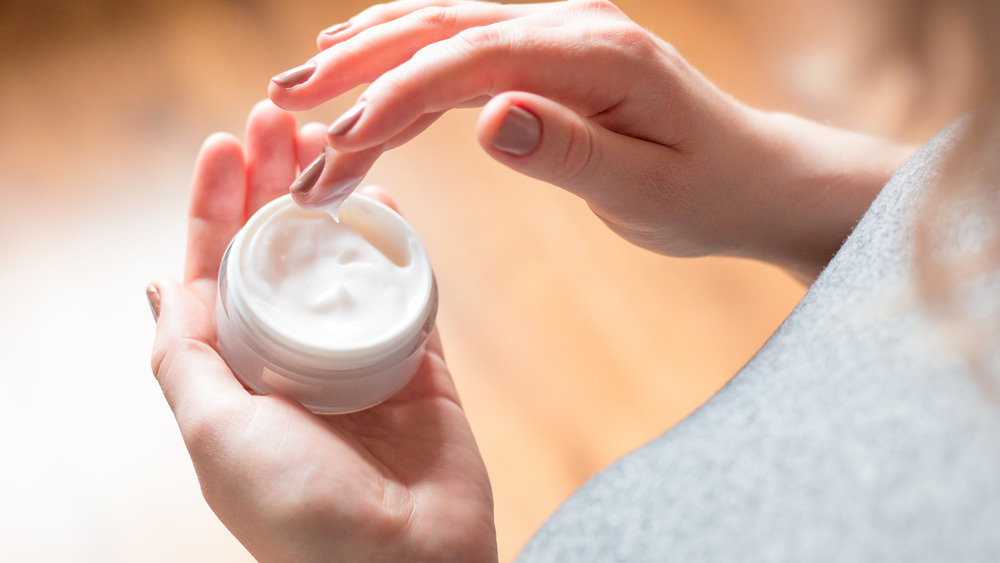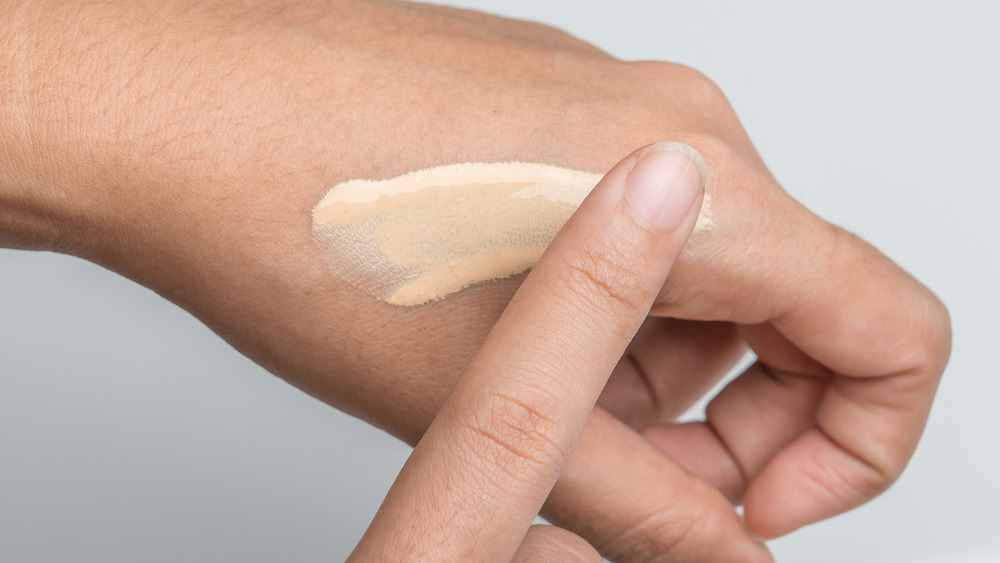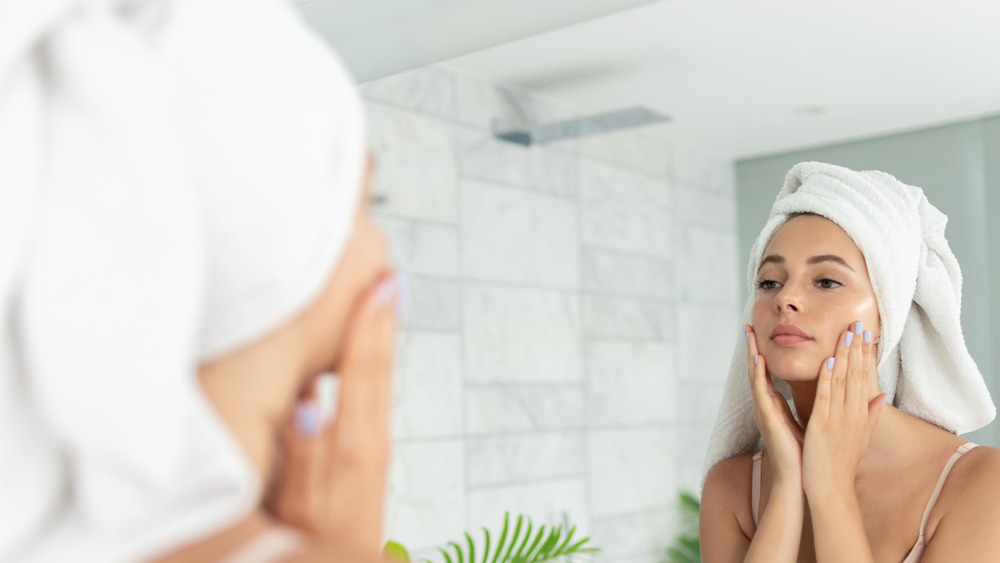Considering the astronomical prices of store-bought, brand-name moisturizers (fifty bucks for a couple ounces??), it’s no surprise many folks are taking it upon themselves to make nourishing, natural moisturizers at home.
But before tossing some ingredients together and hoping for the best, it’s a good idea to take stock of your own skin type and your biggest concerns, and learn about which ingredients are best suited to your particular skin. Just because coconut oil is right for one person, doesn’t mean it’s right for another.
For instance, did you know that shea butter is great for very dry to dry-combination skin, while hazelnut oil is good for combination skin? Did you know oily or acne-prone skin could benefit from a homemade mist containing things like witch hazel and lavender? It’s true, according to Byrdie.
Did you also know you can make your own tinted moisturizer and skip store-bought foundation altogether? Stay tuned to learn how!
For very dry or dry-to-combination skin, Byrdie suggests mixing one-fourth of a cup of melted shea butter, one-fourth cup cocoa butter, and two tablespoons olive oil. Why base this lotion with shea butter? “It improves virtually every skin ailment,” Adina Grigore, founder of S.W. Basics and the author of Skin Cleanse, told Byrdie.
For combination skin, Grigore suggests mixing one tablespoon hazelnut oil, one tablespoon avocado oil, and one tablespoon sesame oil (or jojoba oil). Lighter than the shea butter cream, this mixture still packs a powerful moisturizing punch. “Natural oils penetrate the pores quickly and help the skin start producing its own moisture again—which is the ultimate goal,” explains Grigore.

It’s a myth that oily skin doesn’t need moisture; it does. So, in order to make a light, anti-bacterial, lightly-moisturizing mist for oily or acne prone skin, Byrdie suggests mixing these ingredients and using them in a spray bottle: two tablespoons lavender water, one tablespoon peppermint water, one tablespoon witch hazel, and five to ten drops lavender oil.
Grigore says, “Spritz after washing skin and whenever you need it,” and notes this mixture will help to “heal and revive acne-prone skin.” Make sure to discard any leftover spray after six months, as it loses its potency and can start to grow bacteria at that point (Byrdie).
There are a couple of ways to tackle tinted moisturizer at home, and it’s up to you how you want to approach it! HowStuffWorks recommends one means of creating a lighter-than-foundation tinted moisturizer: Start with your favorite foundation, whether it’s powder or liquid-based, and a bottle of your favorite moisturizer.

Put a few drops of moisturizer in your hand, about the same amount you would use to cover your face. Then add a couple of drops of your foundation, and blend the two together with a brush, sponge, or your fingers, and apply to your face. This should leave you with a dewy, even-toned complexion.
If, however, you want a fully-natural DIY product, Byrdie and Grigore are back with some simple instructions: For darker skin tones, start with ground cloves, for medium skin tones use cocoa powder, and for lighter skin tones, use ground nutmeg.
Simply take your favorite moisturizer, put a little into a small jar, and sprinkle the powder of your choice into the lotion while stirring until the desired color is reached. Then apply with your fingers or your favorite application method, and store the rest in the jar. That’s it!



